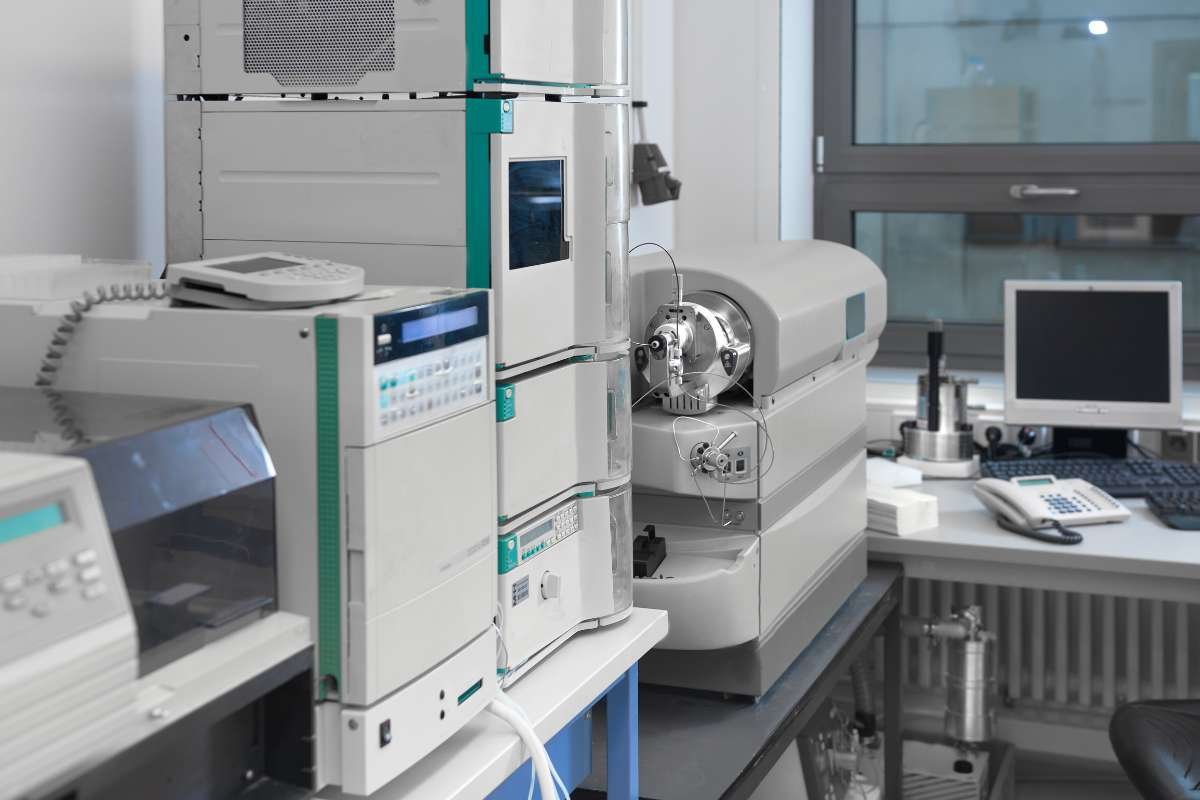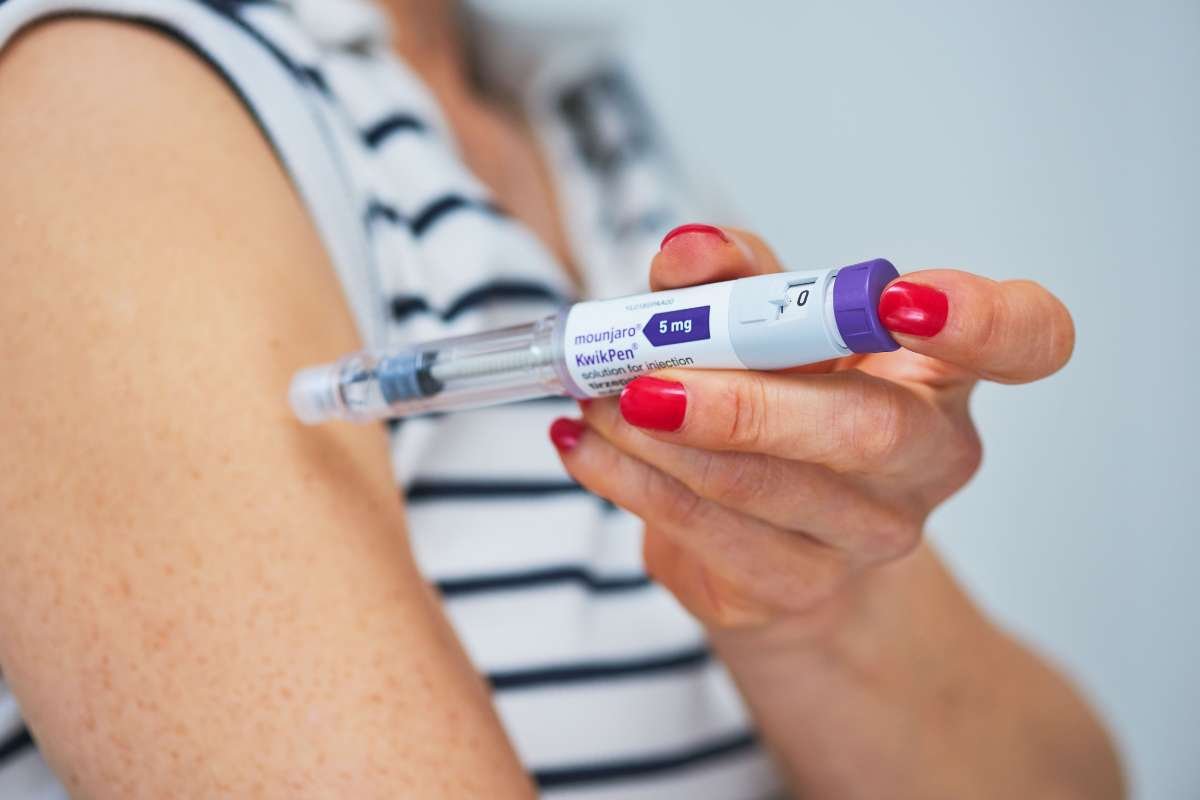Mass spectrometry (MS) and gas chromatography (GC) are two powerful techniques that, when combined, create an incredibly effective method for identifying and measuring chemical compounds. GC helps separate complex mixtures, while MS analyses and identifies the components with high precision. Together, they make it easier for scientists to study a wide range of substances. In this article, we’ll break down how this method works, its key benefits, and why it’s now essential in many areas of science.
What is Mass Spectrometry Gas Chromatography?
Mass spectrometry gas chromatography is an advanced analytical technique that combines two powerful methods: gas chromatography (GC) and mass spectrometry (MS). The combination is highly effective for the analysis of volatile and semi-volatile compounds in complex mixtures.
- Gas Chromatography (GC) is a method used to separate different substances in a mixture, especially those that easily turn into gas. A small sample is injected into a machine, where it is heated until it becomes a vapor. This vapor is carried by a gas (like helium or nitrogen) through a special tube. As the substances move through the tube, they separate based on how they interact with the material inside. Each one exits at a different time, making identification possible.
- Mass Spectrometry (MS) helps identify and measure chemicals in a sample by analyzing their mass. First, a gas chromatograph separates the compounds in the sample. Then, these compounds enter the mass spectrometer, where they are turned into charged particles (ions). The device measures their mass-to-charge ratio (m/z) to determine their structure and amount. This process is widely used in chemistry, medicine, and forensics to analyze substances like drugs, pollutants, and food components with high precision.
The synergy between these two techniques—separation by GC and identification by MS—allows for detailed analysis of complex mixtures with high sensitivity and specificity. This combination is often referred to as GC-MS or mass spectrometry gas chromatography.
How Does Mass Spectrometry Gas Chromatography Work?
Mass spectrometry gas chromatography works in a two-step process:
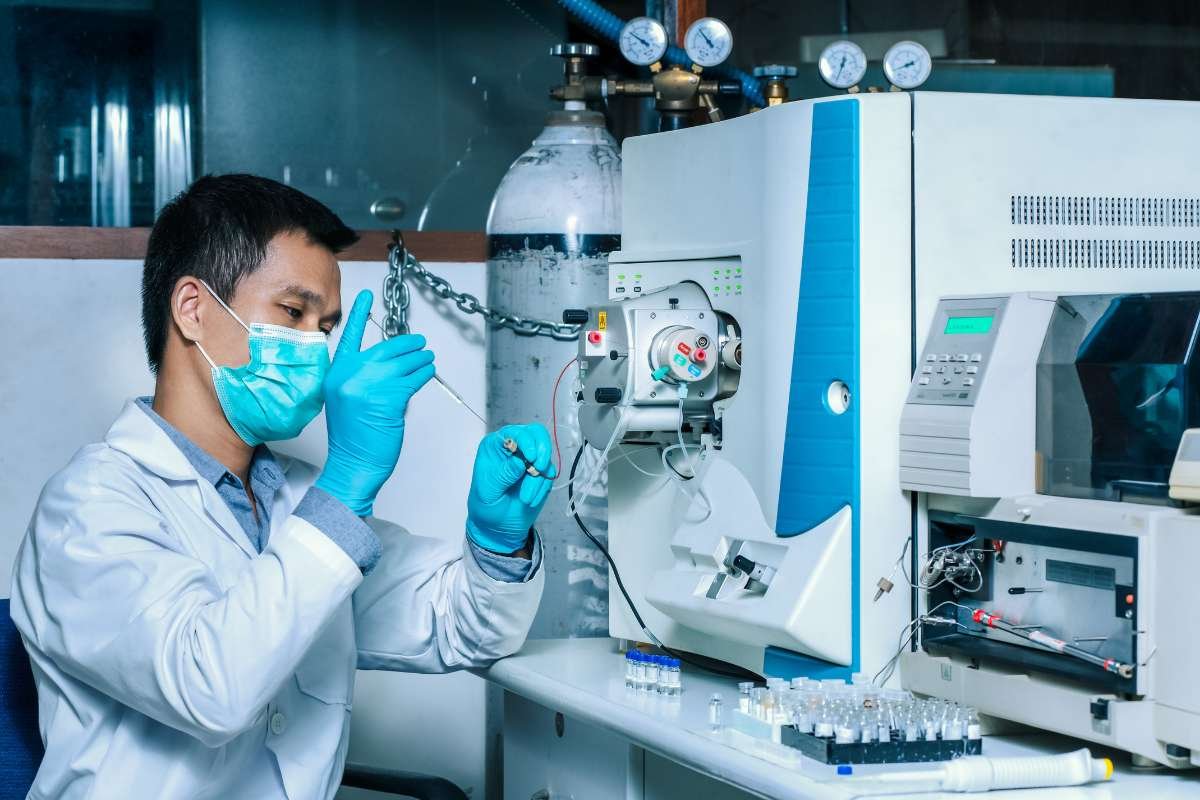
- Separation: The sample is injected into the gas chromatograph. The components of the sample are separated based on their chemical properties as they pass through the chromatography column. The time it takes for each compound to travel through the column and reach the detector is recorded. This time is known as the retention time, and it can be used to identify specific compounds.
- Identification and Quantification: As the separated compounds exit the chromatography column, they enter the mass spectrometer. Here, they are ionized, and the ions are detected based on their mass-to-charge ratios. A mass spectrum is produced, which serves as a fingerprint for the compound. By comparing the mass spectrum to a database of known spectra, the identity of the compound can be determined. Additionally, the intensity of the peaks in the spectrum can be used to quantify the amount of each compound in the sample.
Applications of Mass Spectrometry Gas Chromatography
The versatility of mass spectrometry gas chromatography makes it invaluable in a wide range of industries and scientific fields. Some of the most common applications include:
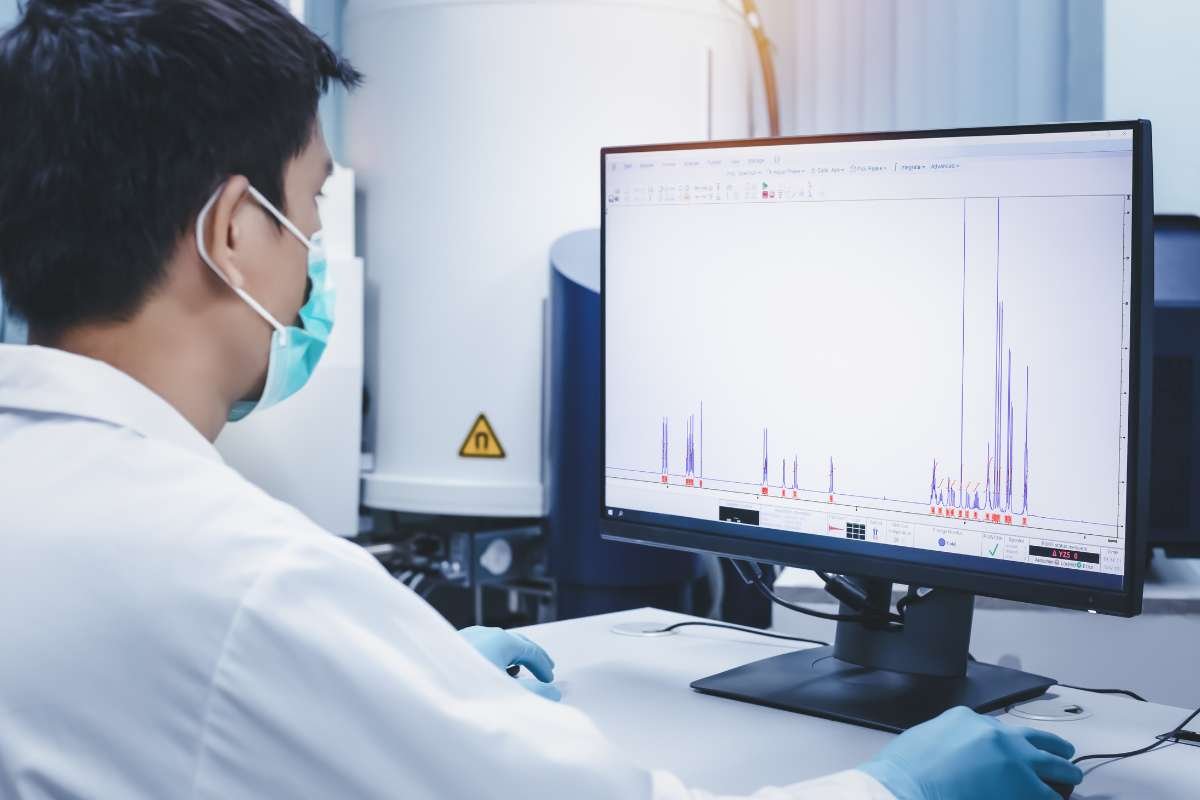
1. Environmental Analysis
Mass spectrometry gas chromatography is frequently used in environmental science to detect and quantify pollutants in air, water, and soil. For instance, it is used to measure volatile organic compounds (VOCs), pesticides, and heavy metals. GC-MS is particularly effective for detecting trace levels of contaminants, which is critical for environmental monitoring and regulatory compliance.
2. Forensic Science
In forensic science, mass spectrometry gas chromatography plays a crucial role in the analysis of blood, urine, and other biological samples for drugs, toxins, and poisons. GC-MS is often used for toxicological screening and to investigate suspicious deaths. Its ability to identify trace amounts of substances makes it an essential tool in criminal investigations.
3. Pharmaceutical Industry
The pharmaceutical industry relies heavily on mass spectrometry gas chromatography for the development and quality control of drugs. GC-MS is used to analyze the purity of compounds, monitor the production process, and ensure that the final product meets safety standards. It is also utilized in the identification of impurities and the testing of active pharmaceutical ingredients (APIs).
4. Food and Beverage Analysis
In food and beverage testing, GC-MS is employed to identify and quantify volatile compounds that contribute to flavor, aroma, and quality. It is also used to detect contaminants such as pesticides, food additives, and adulterants. This helps ensure the safety and authenticity of food products.
5. Petrochemical Industry
The petrochemical industry uses mass spectrometry gas chromatography to analyze crude oil, natural gas, and refined petroleum products. GC-MS can identify hydrocarbons, additives, and contaminants in these products, aiding in the production of high-quality fuels and chemicals. It is also used in the analysis of environmental samples to monitor petroleum leaks or spills.
Benefits of Mass Spectrometry Gas Chromatography
The combination of GC and MS offers several key advantages:
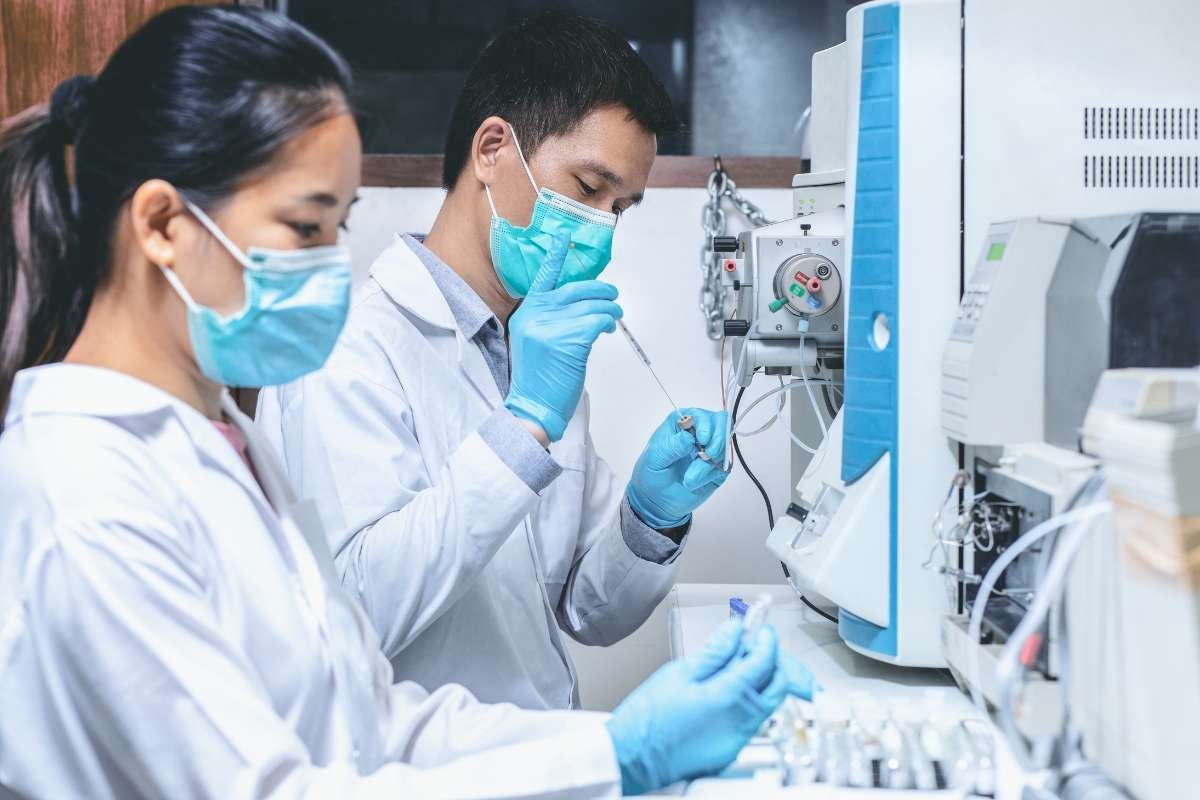
- High Sensitivity: GC-MS can detect very low concentrations of compounds, making it ideal for trace analysis.
- High Resolution: The separation capabilities of GC allow for the analysis of complex mixtures with high resolution, ensuring that individual components can be identified and quantified accurately.
- Quantification: By measuring the intensity of ion signals in the mass spectrum, GC-MS can provide quantitative data on the concentration of each compound.
- Specificity: The combination of chromatographic separation and mass spectrometric identification results in a highly specific analysis, reducing the likelihood of false positives.
- Versatility: GC-MS can be applied to a wide range of sample types, from environmental samples to biological fluids, making it an essential tool in many fields.
Conclusion
Mass spectrometry gas chromatography is a powerful method used to analyze chemical compounds with great accuracy and sensitivity. It works by combining two techniques—gas chromatography, which separates substances in a mixture, and mass spectrometry, which identifies and measures them. This technique is widely used in areas like environmental testing, forensic science, medicine, and food safety. Because it can detect even tiny amounts of substances with high precision, it is an essential tool for scientists and professionals in many fields.

